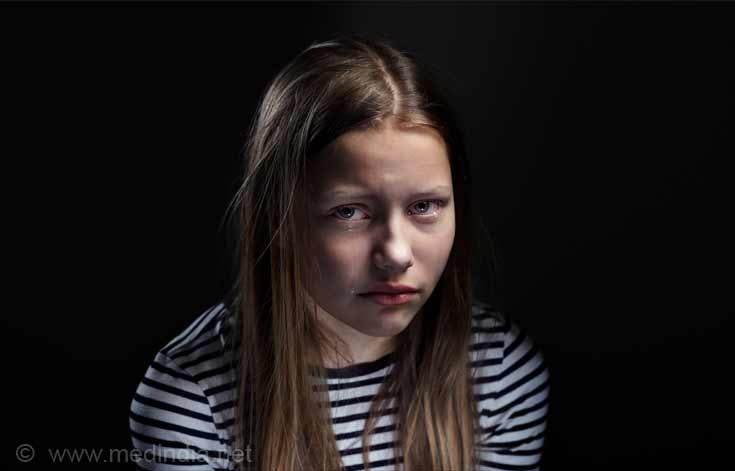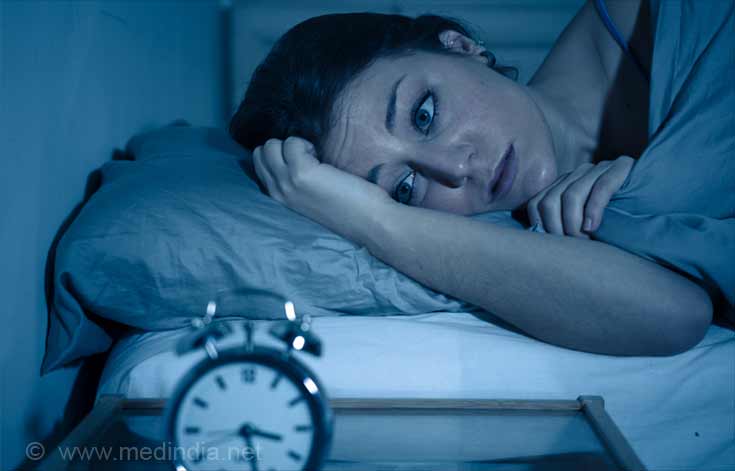- Seasonal affective disorder (SAD) - (http://www.mayoclinic.com/health/seasonal-affective-disorder/ds00195/dsection=tests-and-diagnosis)
About
Seasonal Affective Disorder is a type of clinical depression that is triggered only at a particular time of the year; it occurs and remits with changes in seasons.
Seasonal Affective Disorder (SAD) is a type of clinical depression that follows a seasonal pattern. Two seasonal patterns have been identified as being associated with SAD. The most common

Causes and Risk Factors of Seasonal Affective Disorder
The exact cause of SAD is unknown. However, it is believed to be due to a biochemical imbalance in the brain resulting in altered sleep-wake cycle or circadian rhythm. The suggested causes of SAD include:
- Increased melatonin synthesis: Melatonin is a hormone that aids in sleep. It is secreted more at night. Its secretion is inhibited by sunlight. During winter, since the days are shorter, more melatonin is produced. Altered melatonin levels could affect a person’s mood and result in SAD.
- Circadian Phase Shift : As the season changes, people experience circadian rhythm shift due to the changes in the length of the day and night, and that directly affects mood.
- Decreased serotonin levels : Serotonin is a neurotransmitter responsible for satisfied, happy and cheerful feeling. Studies reveal that serotonin levels are high during day time. Hence, most people feel happy, energetic and enthusiastic during sunny days. In winters, reduced serotonin levels may result in symptoms of depression.
Those at a higher risk for SAD include-
- Female sex

- Individuals with family members or close relatives with SAD or any other type of depressive disorder
- People living in the higher altitudes away from the equator
- People with low vitamin D blood levels
- Individuals with reduced retinal sensitivity to light, endocrinal disorders and certain personality traits
Signs and Symptoms of Seasonal Affective Disorder
Symptoms associated with SAD include-
- Feeling of gloom, guilt and loss of self esteem
- Lack of energy and feeling of fatigue that disturb daily routine
- Irritability and stress
- Difficulty in concentration
- Over sleep or Lack of sleep

- Lack of interest in social activities
- Over eating and sudden weight gain

- Carbohydrate craving
- Anxiousness without any apparent cause
- Loss of libido
- Sudden mood swings during winter

SAD symptoms abate as the days lengthen i.e. during spring and usually disappear completely during summer.
Symptoms associated with Summer Depression include-
- Poor appetite

- Weight loss
- Lack of sleep
- Irritability
- Crying spells

- Anxiety or agitation
Patients with bipolar disorder may suffer from symptoms like hyperactivity, elevated mood and rapid thoughts and speech.
Diagnosis of Seasonal Affective Disorder
Diagnosis of SAD is based on-
- Patient History
- Physical examination
- Seasonal Assessment Questionnaire (SAQ), which helps to determine sleep patterns, weight changes, mood changes, energy levels and social activities

Treatment of Seasonal Affective Disorder
Once diagnosed, SAD should be promptly treated; or else may develop long-term depression or bipolar disorder. Treatment includes:
Light therapy
Light therapy is considered as first-line treatment to treat SAD. In such treatments, the person is exposed to a very bright light that mimics the light from sunrays. It works best when started in the early winters, before the symptoms of SAD begin. Side-effects include eye strain, hypomania, photophobia, irritability and headache. It is necessary to consult a doctor before starting this therapy especially if the individual has an eye problem or has been taking antidepressants or medications to treat epilepsy.
Light therapy has been used in combination with other therapies, including cognitive-behavioral therapy, L-tryptophan, and St.John’s wort.
Medication
Antidepressants are safe and effective medications for treating SAD.

- Serotonergic antidepressants are mostly preferable for this purpose.
- The antidepressant agomelatine has also found to be promising, though it is not available in all countries.
- Tryptophan has shown to benefit non-responders to light therapy.
- St.John’s wort (Hypericum perforatum) has been used to treat mild-to-moderate depression. St.John’s wort interacts adversely with many prescription drugs. Hence, it is necessary to consult your doctor before starting with St.John’s wort.
Antidepressants can be used with or without light therapy.
Cognitive-Behavioral Therapy
Counseling and cognitive–behavioral therapy helps to identify and change negative thoughts and behavior. Also, it helps the individual to learn ways to cope with seasonal affective disorder and manage stress.

Measures for coping with SAD include-
- Allow more natural sunlight into your day by spending time outdoors, going for a long walk on sunny days and keeping the curtains or blinds open. Decorate your rooms with bright and cheerful colors.
- Eat a well-balanced diet. Omega-3-fatty acid supplements may help to relieve SAD symptoms to some extent.

- Talk to people and share your feelings with those who are caring and positive.
- Regular exercise relieves stress and anxiety that seems to be more during SAD and helps to feel better.

- Improve your sleep patterns and get enough sleep.
- Go to a sunny destination during winter if possible.
- Avoid alcohol and illegal drugs.






